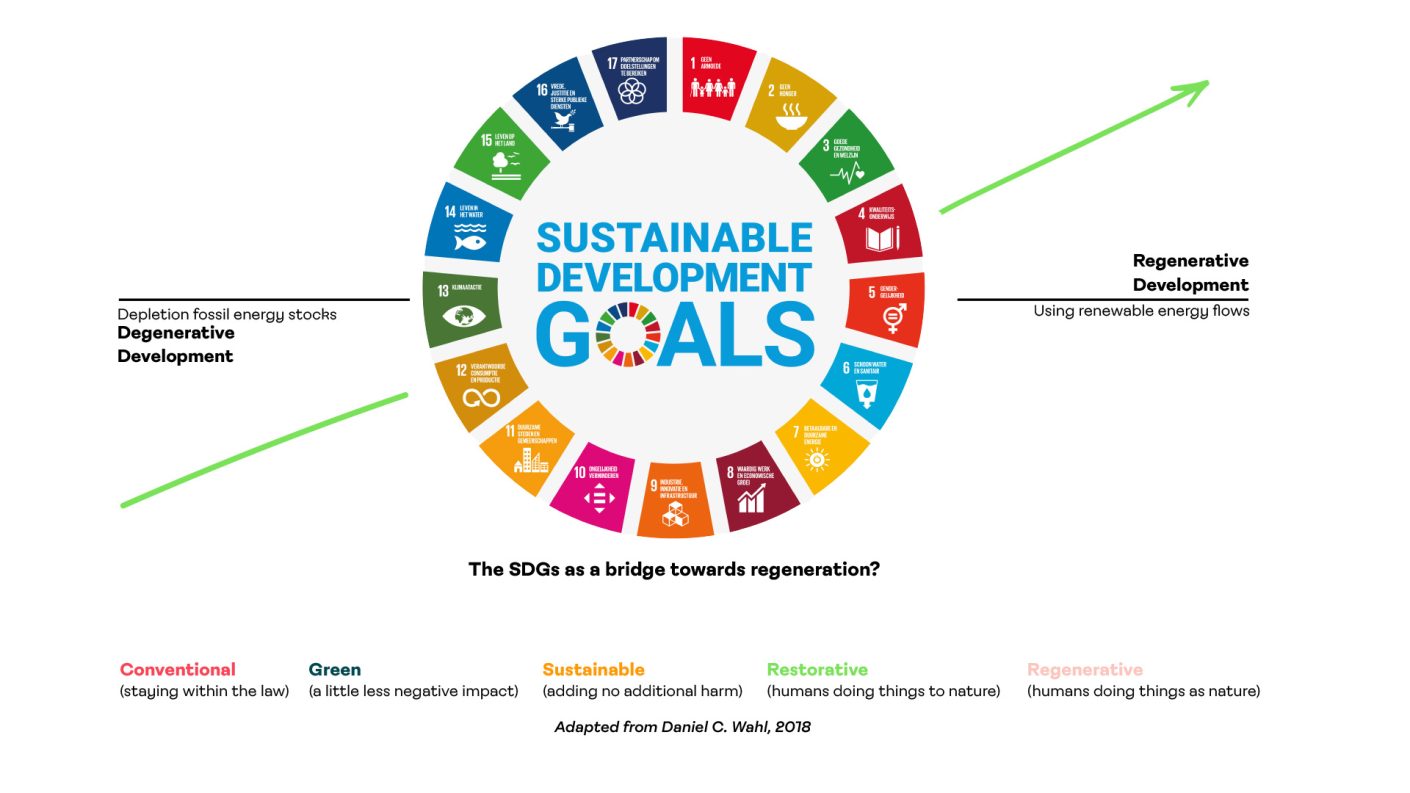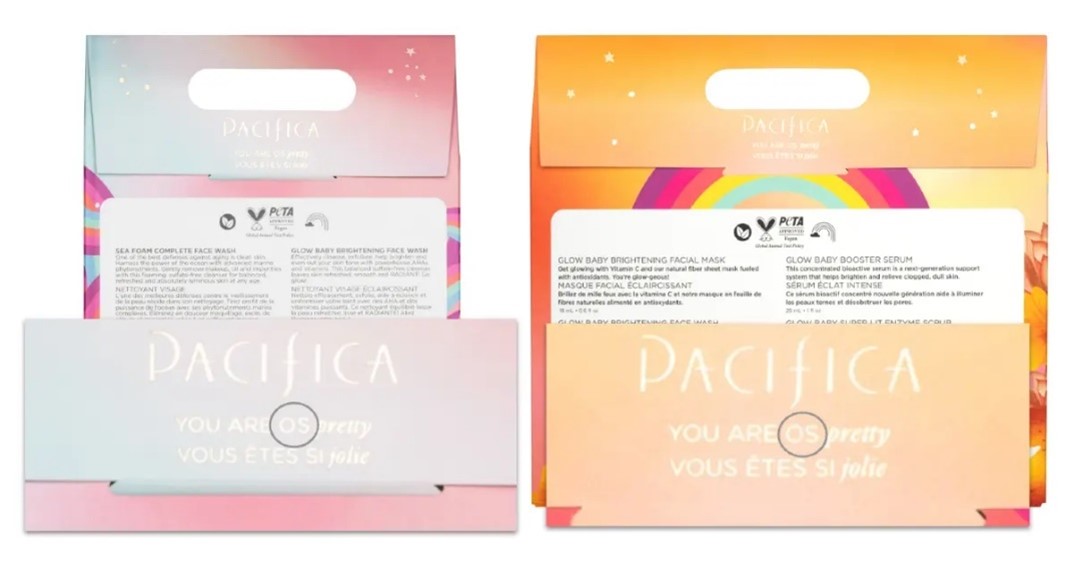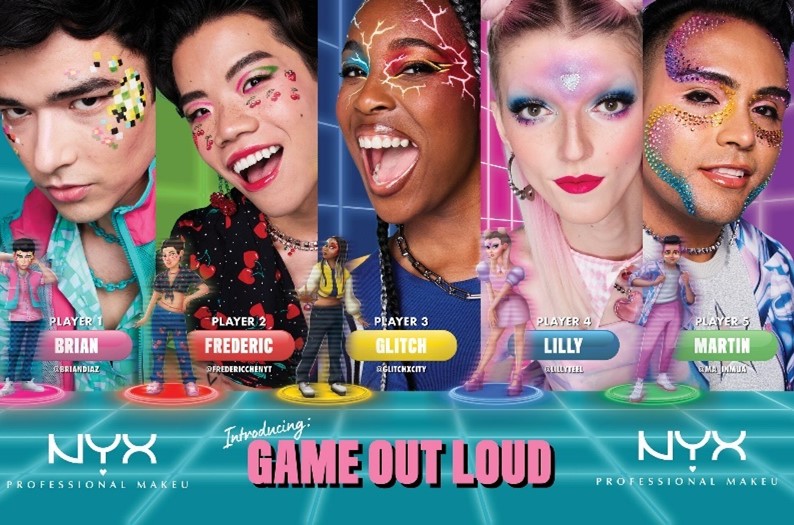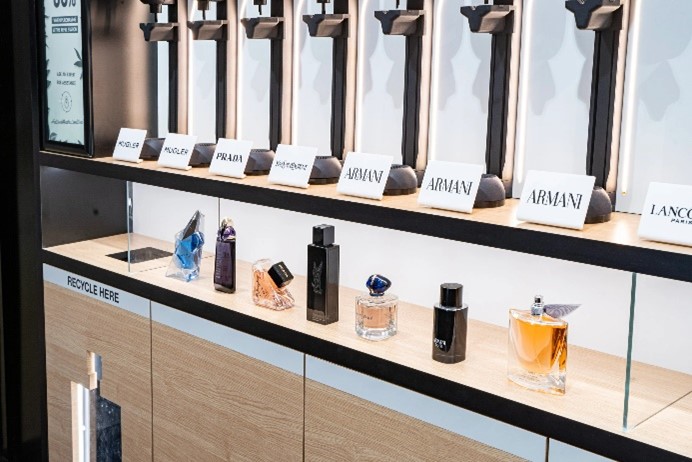Blog
Beauty beyond basics: from sustainability to regeneration
Becoming a regenerative business doesn’t happen overnight. Discover how different beauty brands are on a journey towards a regenerative future.


Delphine Vantomme
14 March 2024
6 min read
UpCircle harnesses by-products of the food and drinks industry to develop high-performance cosmetics. Urban Decay launched a powerful anti-cyberbullying campaign, while L’Oréal introduced the AirLight Pro, a high-tech hair dryer that uses 31% less energy than leading premium hair dryers.
While the beauty industry is known for having a big impact on planet and people – think plastic waste, harmful ingredients and unrealistic beauty standards – many brands are committed to turn the tide and make a positive change. But just doing less harm is no longer enough. 85% of people globally expect brands to take responsibility in helping safeguard the future of our planet. Brands need to move from maintaining the status quo to embracing a regenerative mindset if they truly want to become a future-facing organisation. In fact, 78% globally agrees we need to go beyond ‘sustaining’ the planet into ‘reversing the damage’ we have done. It’s about going beyond the basics of sustainability by actively restoring resources, supporting local communities and minimising environmental impact. This might seem like a daunting challenge. So, where do you start? It’s not an all-or-nothing scenario. In this blog we’ll inspire you on how you can take the first steps towards becoming regenerative, featuring examples from the beauty industry.
Climbing the regeneration ladder, one step at a time
Regeneration requires a commitment to sustainable and restorative practices across all facets of business, spanning human resources to packaging, advertising, supply chain management and beyond. But rethinking and transforming a business doesn’t happen overnight. You need to take a step back, reflect, examine current business operations and come up with a comprehensive plan. This plan, tailored to your brand, can take various forms. It all starts with assessing your business’ position on the ‘regeneration ladder’, a framework by Daniel C. Wahl that maps regeneration as a journey with distinct stages:
- Stage 1: Complying with legal requirements
- Stage 2: Focusing on reducing negative impact
- Stage 3: Having a sustainability vision to avoid additional harm
- Stage 4: Pioneering regenerative practices in strategy, business models and product/service design to restore
- Stage 5: Becoming a transformative leader by embracing holistically net-positive solutions, being truly regenerative

While most brands are somewhere on this journey, there are a couple of pioneers in the beauty industry that stand out. Axiology, for instance, an ethical, vegan, cruelty-free, palm oil-free and clean make-up brand that uses 10 ingredients or less. Axiology is founded based on the desire to create positive change by ending animal testing and reducing plastic waste. Another example is Hanahana Beauty. This black-owned beauty brand is sustainably produced by the Katariga Women’s Shea Cooperative in Ghana. Rooted in shea butter and all-natural ingredients, its products not only transform consumers’ lives but also uplift the communities from which the creams originate. Initiatives such as monthly educational programmes, biannual healthcare day and efforts to improve access to clean water underscore Hanahana Beauty’s commitment to holistic impact.
Brands like Axiology or Hanahana do not ascend to the ‘regenerative’ status in the blink of an eye, nor should this stage be a universal goal for every brand. The regenerative measures you adopt should align with your brand, its strategy and its audience. It should embody an aspiration to improve, whether that entails progressing from stage one to two or from four to five; every step forward is a win.
Transformation codes for a better future
In our What Matters 2024 report, we identified eight ways in which people and brands are driving this transformation to a more regenerative future, or so called ‘transformation codes’. They serve as inspiration for brands to move up the ‘regeneration ladder’, but again, it is a matter of focusing on those transformation codes that fit your brand strategy. Here we highlight four of those eight codes with a beauty example.
Negative fuel
From global warming to the many acts of unkindness in this world, we’re becoming more aware of the environmental and social damage that’s been done over the years. While we can’t change the past, it’s time we own up to our actions. Brands play an important role here by introducing smart and creative ways to turn the negative into something positive. Beauty brand Pacifica, for example, transformed a packaging mishap into a sustainability campaign. Due do a typo thousands of their 2023 holiday set packaging read ‘you are os pretty’ instead of ‘you are so pretty’. The brand team decided to use the mix-up as an opportunity to underscore the brand’s dedication to contributing positively to the planet. Rather than disposing of the otherwise flawless products, Pacifica embraced the imperfection by launching its ‘One Typo = One Tree’ campaign. For every mislabelled holiday skincare set sold, Pacifica pledged to plant one tree as part of its partnership with One Tree Planted, a nonprofit environmental charity focused on global reforestation.

Decentralised networks
There is a growing frustration with how current institutions like law and finance are centred around authority, hierarchy and control rather than the individuals they serve. As a result, we are looking for alternative forms of organisation. In fact, 43% globally believes in alternative systems that redistribute power, allowing people more access and opportunities. Brands can contribute significantly by embracing decentralised approaches, empowering people and communities to drive change. Lush, for instance, contributes to this thinking by taking on Big Tech. On Black Friday, the brand donated all its profits from a limited-edition bath bomb to a decentralised organisation, People vs Big Tech. This move aligns with Lush’s bigger stance on social media; the brand launched an anti-social policy by removing its presence from Meta, TT and Snapchat.

Director’s chair
You can’t judge a situation you’ve never been in. 67% globally believes people that have experienced injustices themselves know best how to install change. Yet, it’s often the more privileged groups – that are distanced from the issues – that make key decisions. Brands can drive positive change here by supporting those that are often unheard. Not only by giving them a voice, but by offering a platform to tell their story and install the change they need. Take, for instance, NYX Cosmetics, which stands up to bullying and creates safe spaces for LGBTQIA+ gamers. Recognising that nearly 9 out of 10 LGBTQIA+ gamers face online harassment regarding their identities, NYX launched the ‘Game Out Loud’ pride campaign. With this initiative, the beauty brand wants to raise awareness of anti-LGBTQIA+ bullying and combat hate by creating safe spaces, both in the metaverse and in real life. The campaign showcases five LGBTQIA+ talents expressing their passion through makeup artistry inspired by their favourite games. Additionally, NYX provides education and allyship training nationwide to advocate for LGBTQIA+ individuals.

Pressure points
We are bombarded with recommendations on what (not) to do to create a better future. But in this flood of advice, it’s essential to recognise that a singular, focused action can often trigger a more substantial wave of change than numerous fragmented efforts. Identifying concrete actions for maximum impact is thus key. Brands can play a role here, both in leading by example as well as in educating people. It’s about doing less, not more, to create change. The Perfume Shop, for instance, teamed up with L’Oréal to launch the UK’s first multi-brand fragrance refill station. Instead of buying a brand-new bottle of your signature perfume, you can buy a refill, thereby saving on materials and energy as well as minimising waste from new glass product packaging.

To safeguard the well-being of present and future generations, we need to shift from sustainability to regeneration. The pace of this transition varies among brands; some may progress slowly while others move more swiftly. Whether you’re taking large strides or proceeding gradually, what matters is a resolute commitment to moving forward in alignment with your brand’s strategy. Our eight transformation codes serve as beacons of guidance, illuminating the path and inspiring progress towards a regenerative future.
Want to read more on beauty and regeneration by Delphine Vantomme? Check out her article ‘How ‘Regeneration’ Will Impact Beauty Brands in 2024 and Beyond’ in the Beauty Packaging Magazine.
What Matters 2024
The 2024 edition of our What Matters report has arrived. The report takes a clear stance for change driven by a call for urgency, as new research reports 8 out 10 people worldwide are worried about the future and feel brands need to take responsibility.